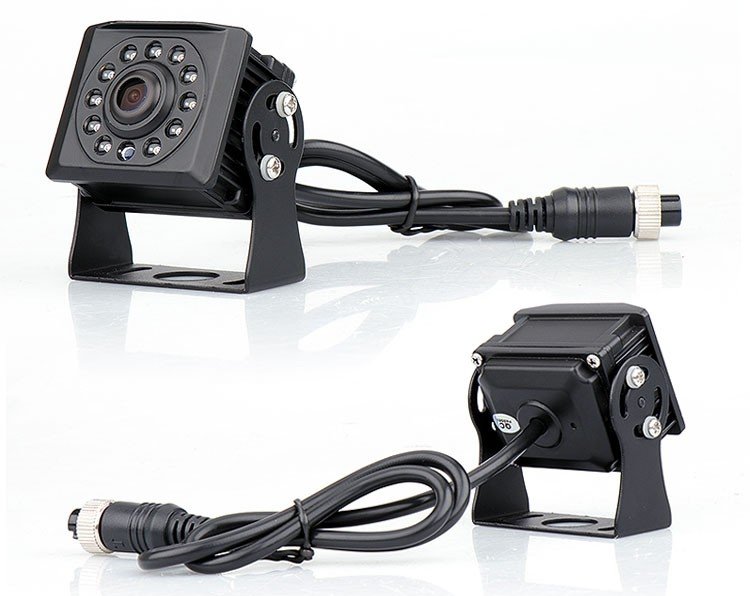
Many methods are employed to sample terrestrial invertebrates. However, despite their obvious ecological importance, there is a disproportionate focus in many areas of research on vertebrates, with a clear disparity in regards to our knowledge and understanding of the ecology of invertebrate fauna ( Oberprieler, Andersen & Braby, 2019 Ponder & Lunney, 1999). Some invertebrates are also keystone species and are fundamental in regulating the structure of biotic communities ( Black, Shepard & Allen, 2001).

They play a critical role in maintaining ecosystem function by performing basic services such as energy and nutrient cycling, pollination, herbivory and seed dispersal ( Black, Shepard & Allen, 2001 Freckman et al., 1997 Oberprieler, Andersen & Braby, 2019).

Invertebrates dominate the world’s animal biota in terms of abundance, diversity and biomass ( Black, Shepard & Allen, 2001 Ellwood & Foster, 2004 McCollough, 1997). Despite some limitations, camera traps appear to have considerable utility as a tool for determining the diel activity patterns and habitat use of larger arthropods such as wolf spiders, and we recommend greater uptake in their usage in future. Overall, there was no clear difference in temporal activity with respect to dune position or fire history, but twice as many lycosids were detected in unburned compared to burned areas. Twenty-four cameras were deployed over a 3-month period in an arid region in central Australia, capturing 2,356 confirmed images of seven invertebrate taxa, including 155 time-lapse images of lycosids. Here, we re-examine lycosid activity to determine whether these patterns vary with different environmental conditions, specifically between burned and unburned habitats and the crests and bases of sand dunes, and whether cameras are able to detect other invertebrate fauna. Previous research investigating the interaction between wolf spiders (Lycosidae: Lycosa spp.) and the lesser hairy-footed dunnart ( Sminthopsis youngsoni) found that camera traps provide a viable method for examining temporal activity patterns and interactions between these species. However, few studies have used cameras to reliably detect fauna such as invertebrates or used cameras to examine specific aspects of invertebrate ecology. Due to their inherent advantages, usage of camera traps in ecology has risen dramatically over the last three decades, especially for research on mammals. Despite their obvious importance, disproportionate research attention remains focused on vertebrates, with knowledge and understanding of invertebrate ecology still lacking.

Invertebrates dominate the animal world in terms of abundance, diversity and biomass, and play critical roles in maintaining ecosystem function. Night of the hunter: using cameras to quantify nocturnal activity in desert spiders. Cite this article Potter TI, Greenville AC, Dickman CR. For attribution, the original author(s), title, publication source (PeerJ) and either DOI or URL of the article must be cited. Licence This is an open access article distributed under the terms of the Creative Commons Attribution License, which permits unrestricted use, distribution, reproduction and adaptation in any medium and for any purpose provided that it is properly attributed.

3 National Environmental Science Program Threatened Species Recovery Hub, School of Life and Environmental Sciences, University of Sydney, Sydney, New South Wales, Australia DOI 10.7717/peerj.10684 Published Accepted Received Academic Editor James Baxter-Gilbert Subject Areas Animal Behavior, Ecology, Entomology, Zoology Keywords Camera trap, Diel activity patterns, Habitat use, Lycosidae, Spiders, Simpson Desert, Invertebrates Copyright © 2021 Potter et al.


 0 kommentar(er)
0 kommentar(er)
